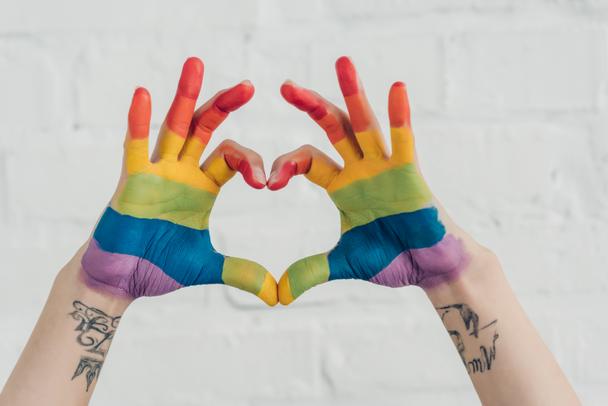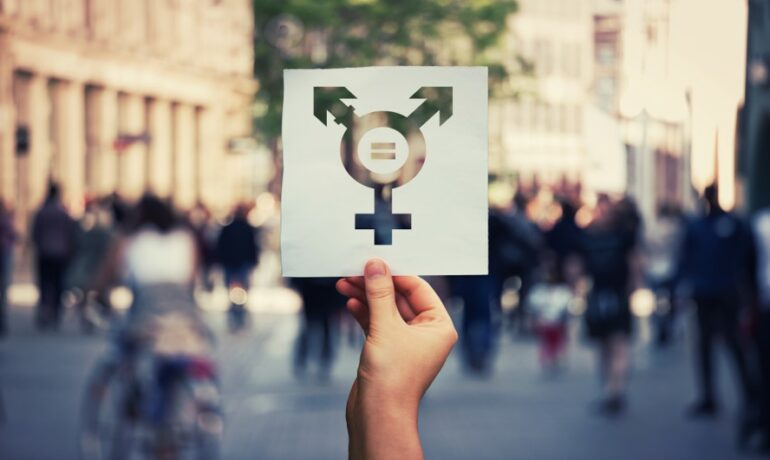Preferred gender pronouns or personal gender pronouns refer to the set of pronouns that an individual wants others to use to reflect that person’s gender identity.

Common examples of pronouns are ‘she’, ‘hers’, ‘he’, ‘his, ‘they’ and ‘theirs’.
“Pronouns are basically how we identify ourselves apart from our name.
It’s how someone refers to you in conversation,” says Ms O’Hara, a communications officer at GLAAD.
Aubrey Blanche, Head of Equitable Design at Culture Amp, explains: “Beginning the conversation around sharing your pronouns is a simple way to normalise not assuming someone’s pronouns or gender – it’s one of the cornerstones of an inclusive culture.”
Why does it matter what we use?

If a person has never had to worry about which pronoun others use to refer to them, gender pronouns might not seem important. Aubrey continues, “For most people, their pronouns simply aren’t a big part of their experience.
But for people who are constantly questioned or misgendered, the experience can leave them feeling excluded and alienated.”
The deliberate “misgendering” or “dead-naming” of trans or gender diverse people (using the wrong pronoun or their original name) has been linked to spikes in mental health concerns, including suicide.
This is a vulnerable community already much more likely than the general population to face violence and bullying or suffer from depression.
So, should I ask people for their pronouns?
It might feel awkward but asking to avoid making a mistake is always better than misgendering someone, O’Hara says. Consider again all that daily guesswork that goes into choosing pronouns for the people around us.
** tips for getting pronouns right.
Don’t assume another person’s gender or gender pronouns
You can’t always know what someone’s gender pronouns are by looking at them, by their name, or by how they dress or behave.
Ask a person’s gender pronoun
Asking about and correctly using someone’s gender pronouns is an easy way to show your respect for their identity. Ask a person respectfully and privately what pronoun they use. A simple “Can I ask what pronoun you use?” will usually suffice.
Share your own gender pronoun
Normalise the sharing of gender pronouns by actively sharing your own. You can include them after your name in your signature, on your social media accounts or when you introduce yourself in meetings. Normalising the sharing of gender pronouns can be particularly helpful to people who use pronouns outside of the binary.
What if I make a mistake and misgender someone, or use the wrong words?
Apologise and move on.
“It’s perfectly natural to not know the right words to use at first. It takes any of us some time to get to know a new concept,” Heng-Lehtinen says.
No need to make it complicated. Doing that simple gesture of apologising quickly and moving on shows the other person that you care.

References
Blanche, A. Head of Equitable Design at Culture Amp
Heng- Lehtinen, R. American National Centre for Transgender Equality
O’Hara, M.E. GLAAD.org


